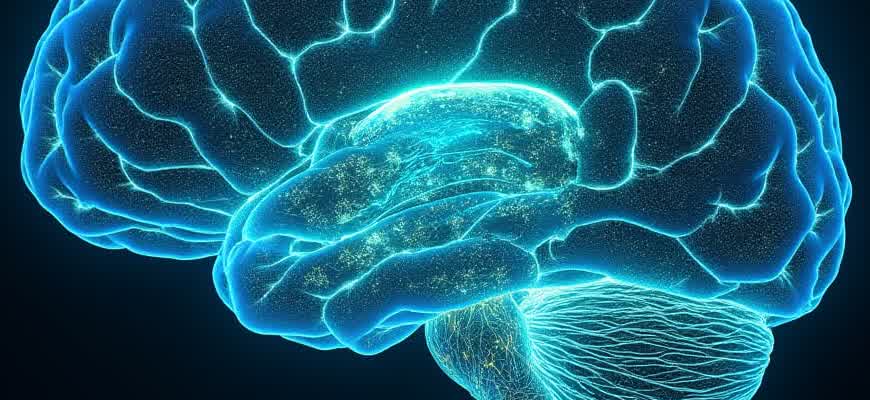Welcome to AIAppBuilder
Discover insights, stories, and expertise from our community
Explore ArticlesA Word from Our Expert
"In today's rapidly evolving digital landscape, staying informed and adaptable is key to success. Our platform brings you cutting-edge insights and practical knowledge from industry leaders."

Featured Articles

Website Builder with Crm
Modern businesses require seamless tools that not only create a professional online presence but also manage customer relationships efficiently. A we...
Read More
Instant App Reddit
Reddit's Instant App functionality has revolutionized how users engage with the platform on mobile devices. By eliminating the need to download the f...
Read More
L'instant D'apres 3
The concept of a defining moment that follows a significant event can be explored through various lenses. In the context of "L'instant D'apres 3," th...
Read More
Cross Platform Mobile App Development Arizona
In Arizona, the demand for mobile applications that work seamlessly across various platforms has surged. Cross-platform development allows developers...
Read More
Ios App Development Backend
When developing an iOS application, the backend plays a crucial role in managing data, authentication, and server-side logic. Unlike frontend develop...
Read More
Audiobus 3 Compatible Apps
Audiobus 3 revolutionizes how music apps interact with each other, offering seamless connectivity and integration for iOS musicians. This advanced pl...
Read MoreOur Growth Journey
From humble beginnings to a thriving community of knowledge seekers
100,000+ monthly readers
Launched AI-powered content recommendations, expanded to new languages, and introduced premium membership
75,000+ monthly readers
Introduced video content, launched mobile app, and expanded to new markets
50,000+ monthly readers
Expanded our reach globally, launched new content series, and introduced interactive features
30,000+ monthly readers
Introduced expert interviews, launched our newsletter, and expanded our author network
15,000+ monthly readers
Started our journey with a small team of passionate writers and tech enthusiasts